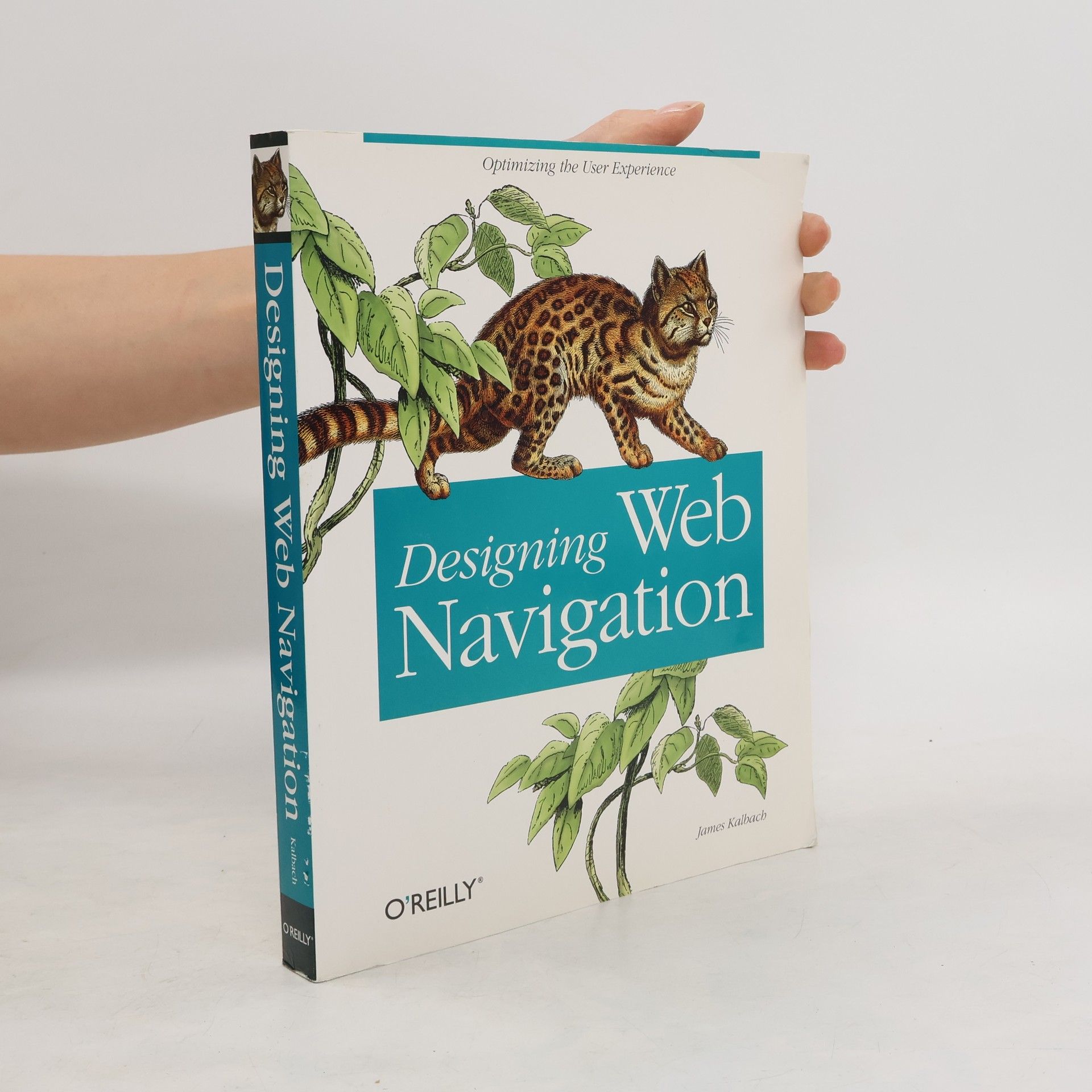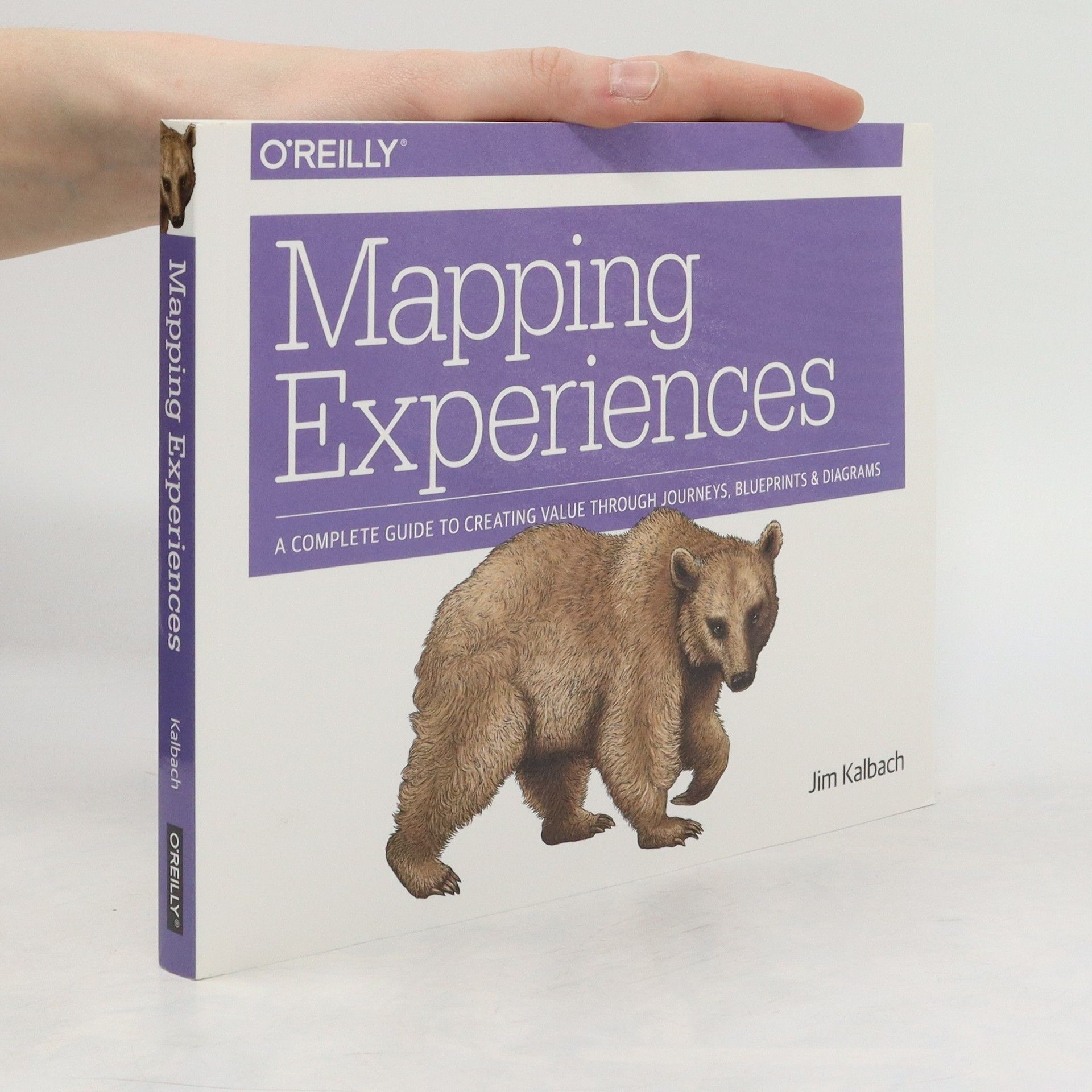"Collaborative Intelligence gives distributed, co-located, and hybrid teams the guided visual collaboration tools they need to create imaginative new solutions to hard problems and innovate faster. It will provide proven, repeatable playbooks that lead to creatively productive, incredible outcomes. Part 1 of the book build understanding of visual methodologies and build skills for readers to facilitate visual collaboration in teams. Readers will learn how to become "imagination workers," an extension of the knowledge worker who shifts non-imaginative work to technology and is valued for creativity, teamwork, and curiosity. Part 2 explains how to put it into practice. Unlike books like Testing Business Ideas and Gamestorming, it won't focus on individual exercises, but rather recipes of activities and rituals teams can put into practice. It will include instructions and guidance, as well as links to proprietary canvases and resources that readers can use immediately."-- Provided by publisher
James Kalbach Book order





- 2023
- 2022
Rozczarowany klient, który doświadczył negatywnych wrażeń podczas korzystania z produktu, następnym razem wybierze inną ofertę. To zrozumiała reakcja. Z punktu widzenia dostawcy produktu istotniejsze są przyczyny tych negatywnych wrażeń. Okazuje się, że problem ten często wymyka się świadomości osób odpowiedzialnych za produkt. Tymczasem uchwycenie wrażeń klientów za pomocą ich zarejestrowanych zachowań może się stać podstawą do zaplanowania i przeprowadzenia konkretnych zmian - takich, które pozwolą przy zachowaniu celów biznesowych spełnić oczekiwania klientów co do oferowanych produktów czy usług. To kolejne, zaktualizowane i uzupełnione wydanie znakomitego przewodnika po mapowaniu wrażeń użytkownika. W praktyczny sposób pokazano tu szereg technik i narzędzi, dzięki którym można łatwo zwizualizować aktualne wrażenia klientów, by na tej bazie zaproponować udoskonalenia produktów. Zaprezentowano podstawy koncepcji mapowania i diagramów synchronizacji. Opisano, w jaki sposób przeprowadzić cały proces mapowania, co ułatwia zidentyfikowanie obecnych wrażeń użytkowników. Sporo miejsca poświęcono szczegółowemu omówieniu wybranych rodzajów diagramów, takich jak schemat usługi, mapa ścieżek klienta, mapa wrażeń czy mapa ekosystemu - relatywnie nowe narzędzie, które pozwala na wizualizację rozległych systemów elementów i łączących je zależności. W książce: analiza bieżących zmian otoczenia biznesowego za pomocą technik mapowania diagramy dla potrzeb interakcji wielokanałowej facylitacja w mapowaniu użycie wyników mapowania do planowania rzeczywistych działań zastosowanie technik mapowania w projektach niekomercyjnych Mapowanie wrażeń. Czego zatem oczekują od Ciebie Twoi klienci?
- 2022
Customer Experience visualisieren und verstehen
Durch Journeys, Service Blueprints und Diagramme zu einer erfolgreichen Kundenausrichtung
Für alle, die an Planung, Design und Entwicklung von Produkten und Dienstleistungen beteiligt sind, bietet dieses Grundlagenwerk zu Mapping-Techniken wertvolle Einblicke. Eine gelungene Customer Experience ist entscheidend für den Unternehmenserfolg. Wenn Unternehmen zu sehr auf interne Prozesse fokussiert sind und die Bedürfnisse ihrer Kunden ignorieren, können sie keine überzeugenden Angebote entwickeln. Jim Kalbach erläutert, wie Teams Mapping-Techniken nutzen können, um die Customer Experience zu verstehen und zu verbessern. Durch Maps und Diagramme wird die Interaktion der Kunden mit den Angeboten des Unternehmens anschaulich dargestellt. Diese Mapping-Aktivitäten liefern abteilungsübergreifende Erkenntnisse, um Angebote mit echtem Mehrwert zu schaffen. Das Buch richtet sich an Mitarbeitende in Design, Marketing, Produkt- und Markenmanagement sowie an Führungskräfte. Es vermittelt die Grundlagen und die vielfältigen Einsatzmöglichkeiten von Mapping-Techniken. Leser lernen die Prinzipien der Diagrammerstellung kennen, erfahren, wie Ausrichtungsdiagramme zur Weiterentwicklung der Unternehmensstrategie beitragen, und machen sich mit dem gesamten Mapping-Prozess vertraut. Unterschiedliche Diagrammtypen wie Service Blueprints, Customer Journey Maps und Experience Maps werden durch anschauliche Beispiele und Fallstudien veranschaulicht.
- 2021
Customers who have inconsistent, broken experiences with products and services are understandably frustrated. But it’s worse when people inside these companies can’t pinpoint the problem because they’re too focused on business processes. This practical book shows your company how to use alignment diagrams to turn valuable customer observations into actionable insight. With this unique tool, you can visually map your existing customer experience and envision future solutions. Product and brand managers, marketing specialists, and business owners will learn how experience diagramming can help determine where business goals and customer perspectives intersect. Once you’re armed with this data, you can provide users with real value. Mapping Experiences is divided into three
- 2007
Thoroughly rewritten for today's web environment, this bestselling book offers a fresh look at a fundamental topic of web site navigation design. Amid all the changes to the Web in the past decade, and all the hype about Web 2.0 and various "rich" interactive technologies, the basic problems of creating a good web navigation system remain. Designing Web Navigation demonstrates that good navigation is not about technology-it's about the ways people find information, and how you guide them.Ideal for beginning to intermediate web designers, managers, other non-designers, and web development pros looking for another perspective, Designing Web Navigation offers basic design principles, development techniques and practical advice, with real-world examples and essential concepts seamlessly folded in. How does your web site serve your business objectives? How does it meet a user's needs? You'll learn that navigation design touches most other aspects of web site development. This While Designing Web Navigation focuses on creating navigation systems for large, information-rich sites serving a business purpose, the principles and techniques in the book also apply to small sites. Well researched and cited, this book serves as an excellent reference on the topic, as well as a superb teaching guide. Each chapter ends with suggested reading and a set of questions that offer exercises for experiencing the concepts in action.